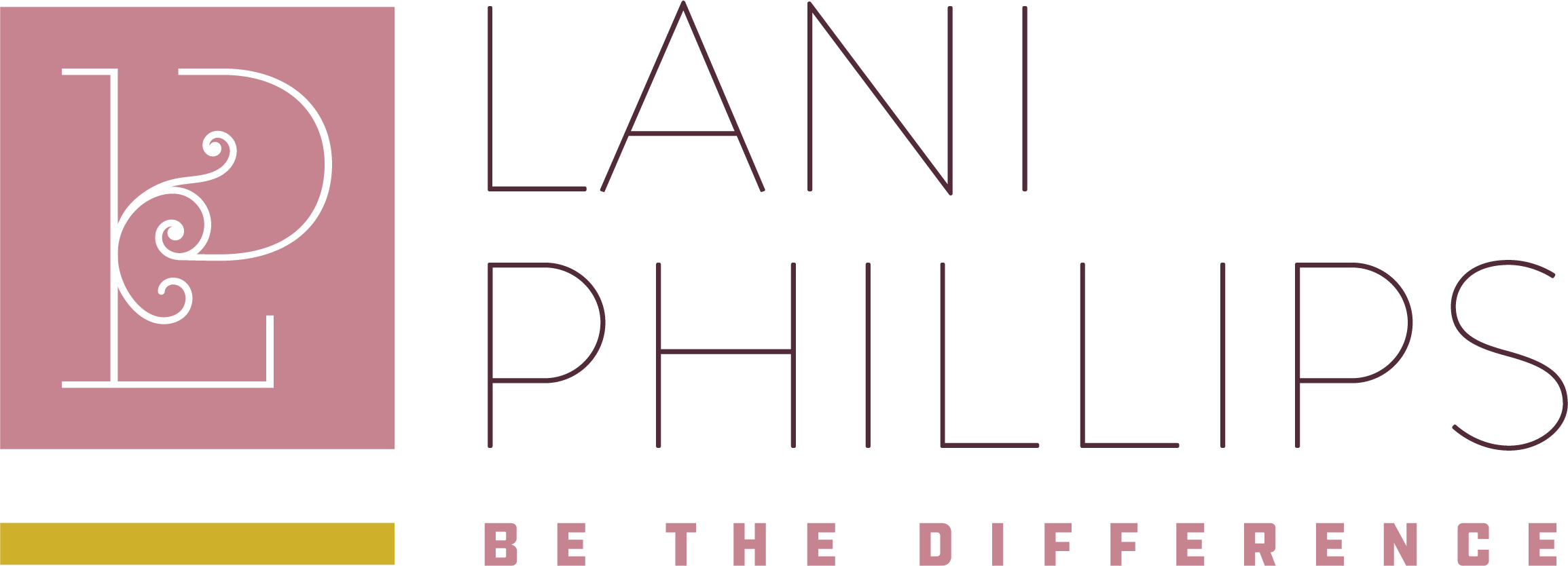
Hybrid work is the latest in a series of “new norms” brought on by the pandemic. Once anticipated to a temporary period of working remotely, the new reality brings both pros and cons that employees and leaders alike are still in the process of navigating.
Microsoft’s New Future of Work study indicates that people are working an average of 46 minutes more per day, and that working after-hours and weekends has also increased. Time spent in meetings has increased by 252%, and even though 60% of those meetings were less than 15 minutes long, they are taking significantly more time out of someone’s day than they did before.
Despite this, working more has not resulted in leader perceptions that results have improved. The same Microsoft study indicates that 80% of workers say their productivity has increased, but that 54% of leaders say they believe productivity and innovation have suffered.
So, why is there such a large discrepancy? It is easy to go back to the time spent in meetings. If we are spending so much more time out of our days in meetings or on calls, we are not in fact getting the time we need to be as productive as possible, or to sufficiently do our jobs.
Another reason is attributed to reduced innovation. Essential for every thriving business, people are missing the social engagement that came from spending time at the office. An MIT study indicates that innovation falls with the elimination of “weak ties,” those idea exchanges that happen through serendipitous interactions, like water cooler conversations or casual hallway meetings.
Martine Haas of The Wharton School outlined five challenges of hybrid work that she calls The Five Cs: communication, coordination, connection, creativity, and culture. She suggests that evaluating your organization on each of these challenges can help you determine the best course of action.
Frequently, the challenges point to matters of keeping employees engaged when everything is different. One executive, for example, realized that his team’s social connections had frayed, which led to diminishing commitment to the company, leading to a plan to address that gap. Identifying the source of the problem gives the opportunity to correct it.

Here are some ways to address the engagement challenge as we figure out how to work well in this changing environment:
Boost your engagement connections. In the days of the great resignation and now quiet quitting, it’s even more essential to keep your employees engaged. Plan opportunities to virtually connect with your team for social experiences, whether that be a happy hour, volunteer activities, cooking class, or team games. Schedules are more packed than ever, but nonetheless, make it a priority to schedule more individual check-in calls with your people to catch up on life and non-work activities. Make sure to ask your people what kind of support they need and take action when they tell you.
Help your team get to know each other. When we worked primarily at an office, we had built-in ways for fostering relationships. We would chat in the kitchen, step out for coffee, or grab lunch to get to know your colleagues. Studies show that people who have a best friend at work are more likely to be engaged, but it’s harder to make friends when more people are working remotely, especially for newer employees. Help people get to know each other by starting a thread for people to share photos of pets and children, discuss a favorite movie, or another fun topic. Open meetings with get-to-know you questions to learn more about your team members. It may be simple, but there’s also real value in the question “how was your weekend?”
Establish team agreements: Almost three years into remote and hybrid work arrangements, it is still shocking to see how many people and organizations take a “one size fits all” approach. Establishing mutual agreements on communication, work, meeting preferences and more can contribute towards a healthier and more inclusive work environment. Ask specific questions, such as “do you prefer email communication or instant messages,” or “what is your preferred format for our one-on-one meetings?” Agree on what works best for both parties, and work to find compromises when preferences may vary. Listening to your people and implementing their preferences results in employees feeling valued, something everyone will benefit from.
Find opportunities to connect in-person. With more remote work opportunities than ever before, it is common for a team to have employees dispersed across the country. For hybrid teams, while you may interact at the office with other members local to your area, it is not often that teams are able to connect in-person together as a whole. Creating opportunities to strategically bring your entire organization together is extremely important. When budget, time, and other resources permit, plan a team offsite. Structure in time to share ideas, but also prioritize fun. Doing this strengthens bonds in ways that are not possible while remote and is invaluable for your team.
Written by Lani Phillips
WECAN Founder | Vice President, Microsoft US Channel Sales
Click here to view the original article on wecanleadtech.org
Lani founded the Women Executive Channel Advisory Network (WECAN) focused on empowering and elevating women leaders in the technology industry and now serves on its board. Her vision is to create cultures where people feel like our differences are what make us stronger. Building a culture where we celebrate and learn from our differences and make it our competitive advantage as we strive to help our customers be successful in accomplishing their business goals.
To scale her mentoring efforts, Lani created a digital talk show “Modern Mentoring with Lani Phillips.” The goal is to share wisdom globally, making it accessible for anyone looking to succeed in corporate spaces. Through this community, the goal is to share perspectives, offer support, and empower a new generation of leaders at scale. The wisdom we share is actionable and practical solutions to familiar challenges inside corporate spaces
